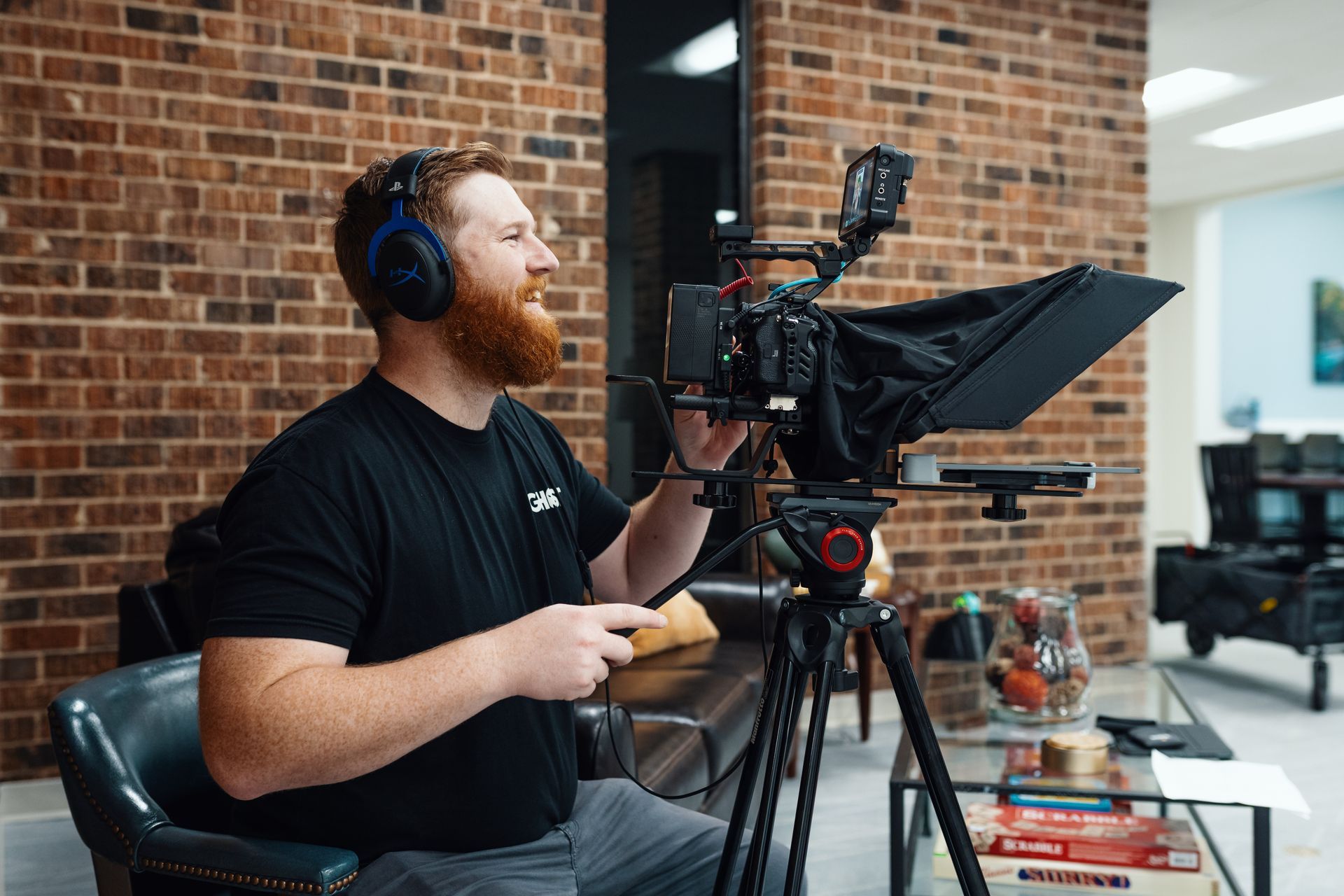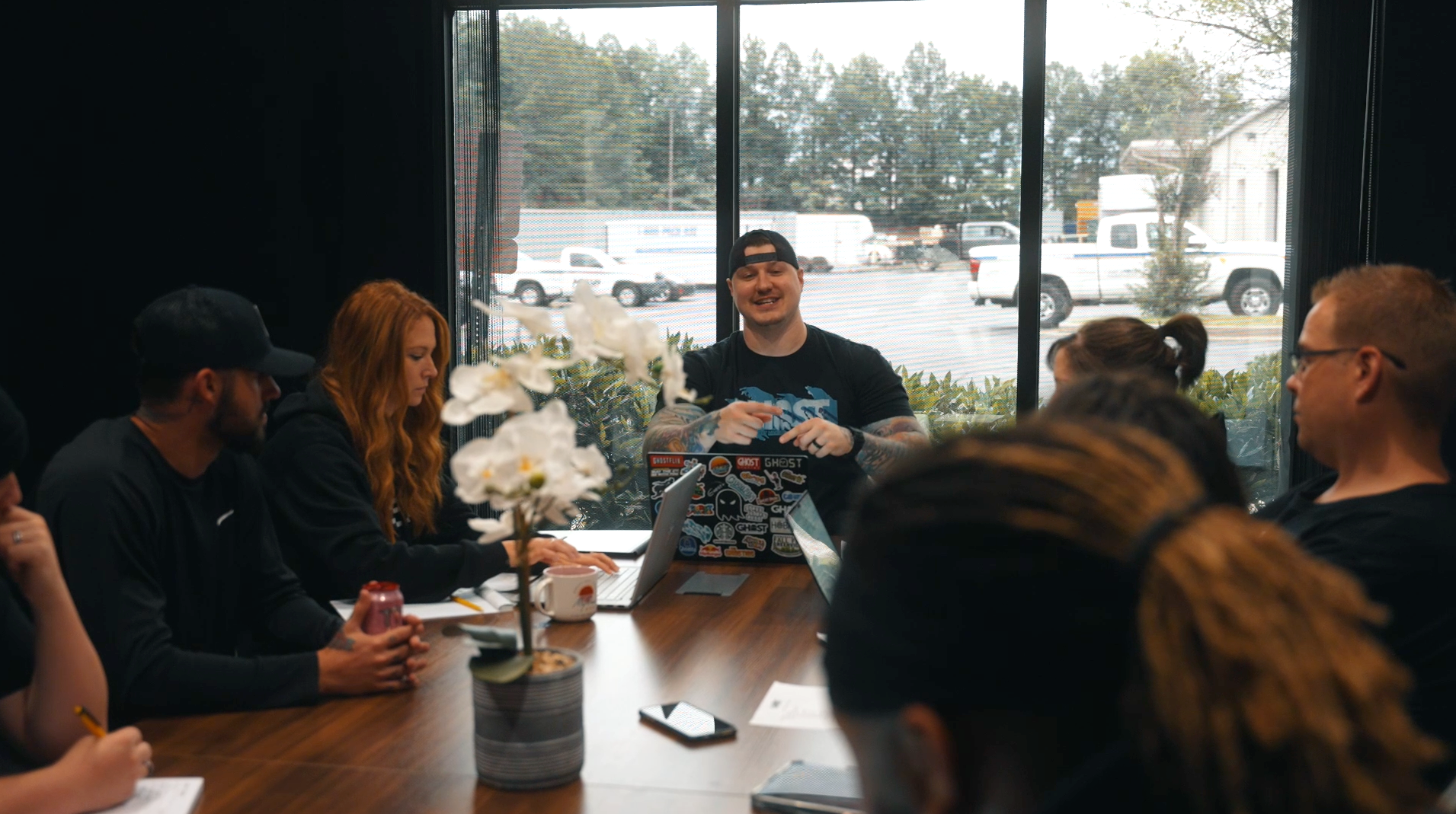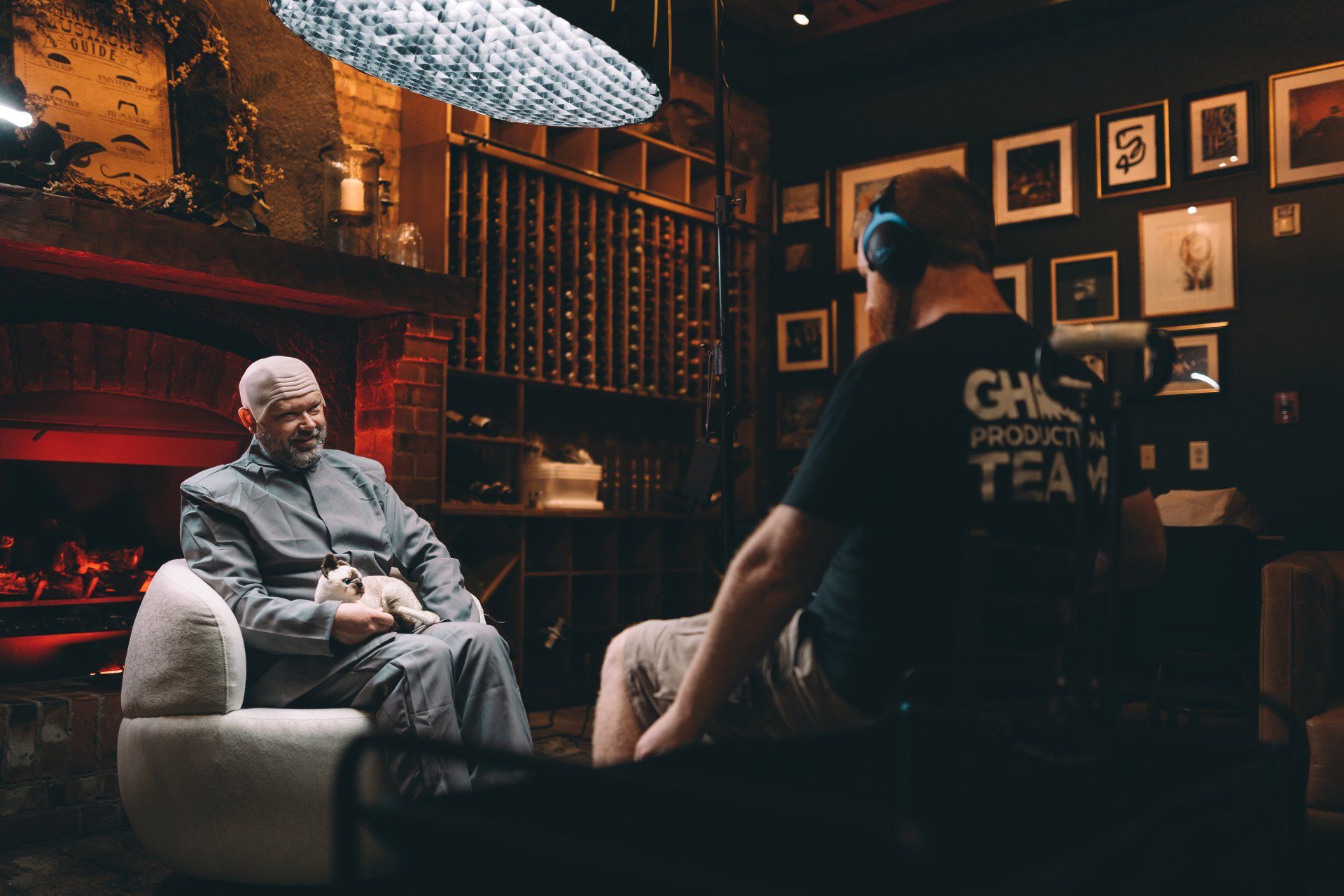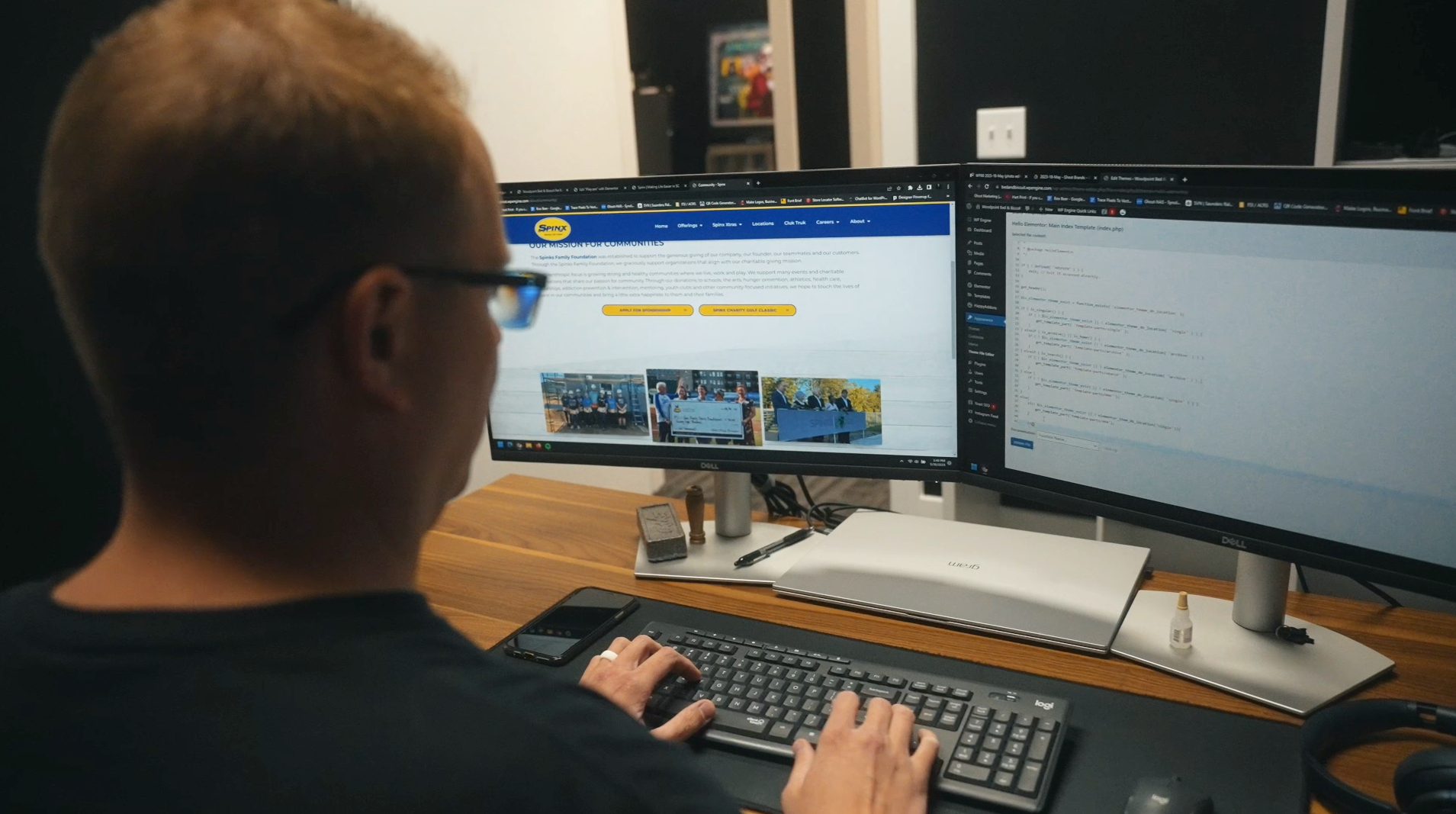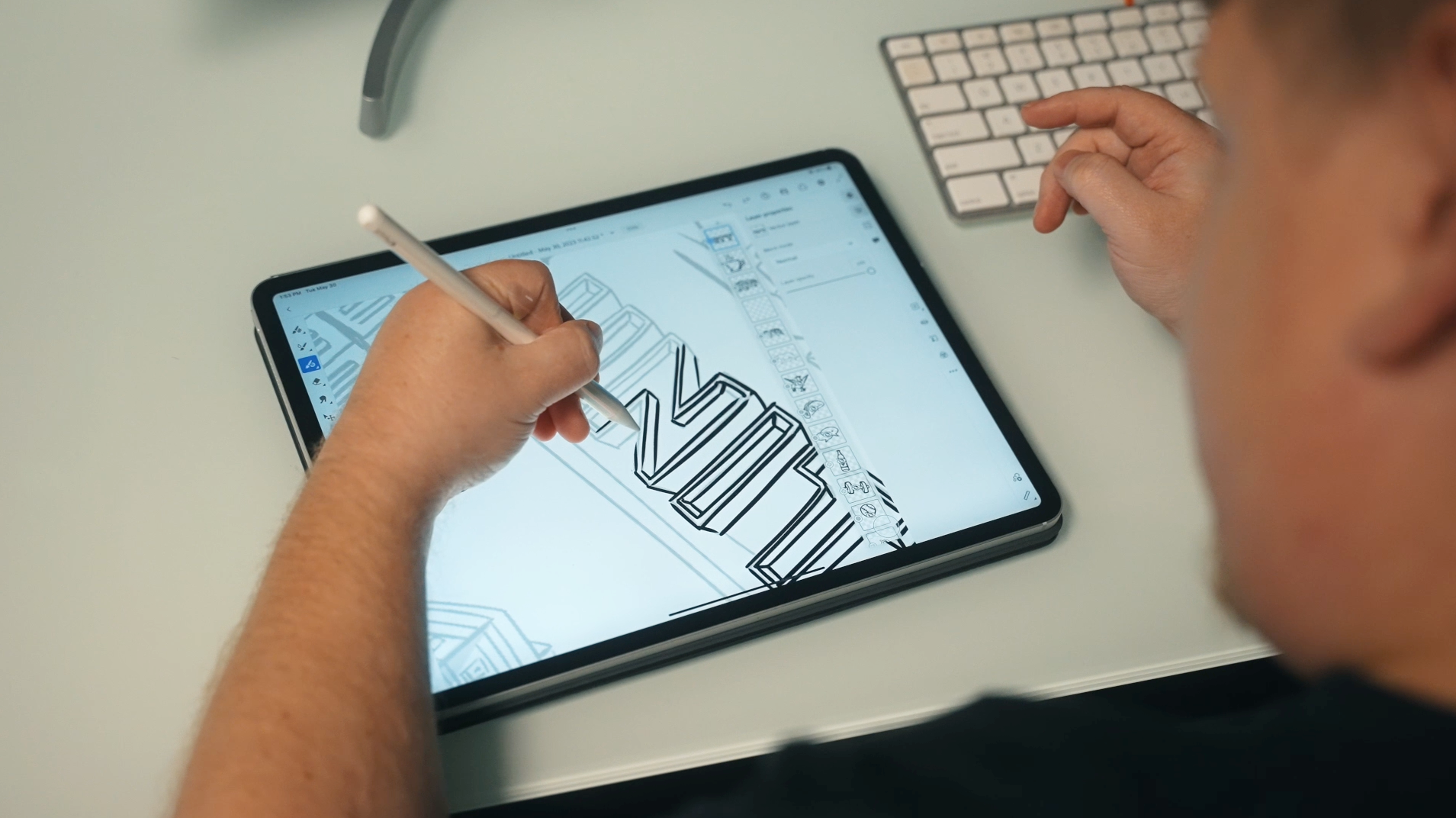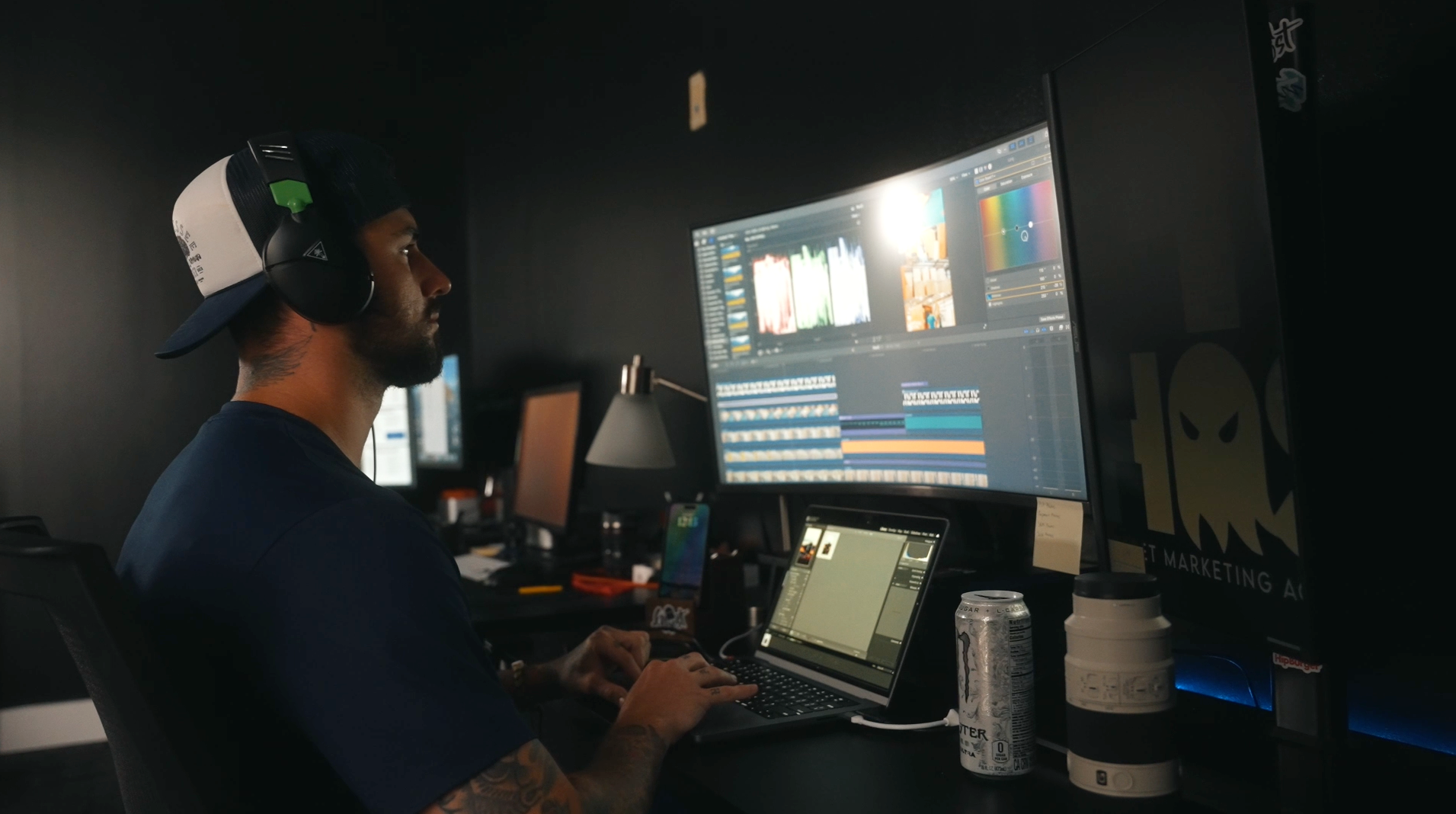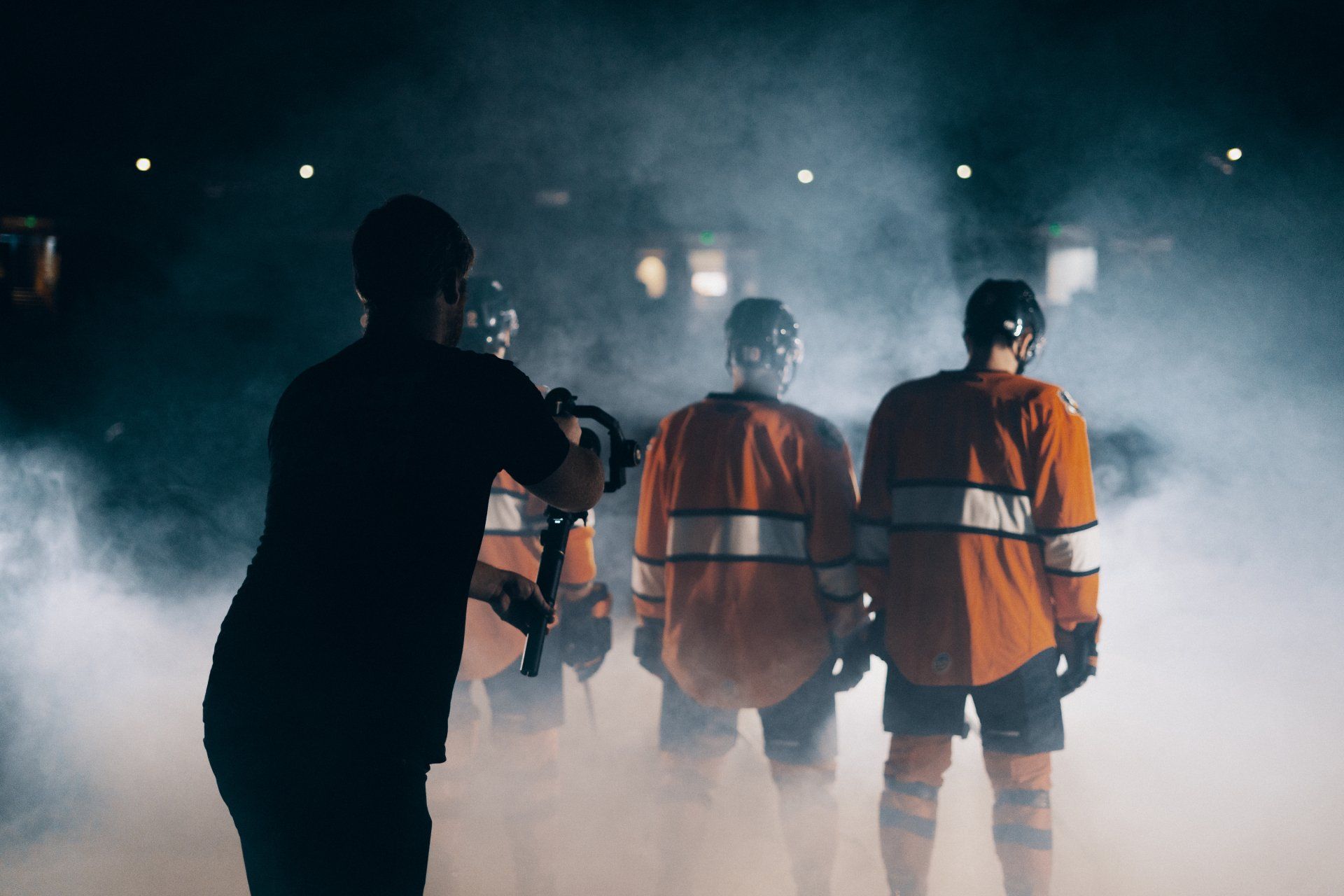Getting Started With SEO Series: Crawl Accessibility
An Introduction to SEO: Crawl Accessibility

A Recap of Lesson 1: Introduction to SEO
There are four main types of SEO:
- On-page SEO
- Off-page SEO
- Technical SEO
- Local SEO
And here are six aspects of SEO you can work on to improve your SEO game:
- Crawl accessibility for search engines (Post 2)
- Unique content that relates to a query (Post 3)
- Keyword targeting for content (Post 4)
- Positive user experience (Post 5)
- Keyword-focused metadata (Post 6)
- Schema markup (Post 7)
Crawl Accessibility
How do search engines find and rank a website? First, engines will “crawl” the internet by searching through content and code for every URL they find. Second, engines will index. This means they store and organize the content they find during the crawling process. If a page is indexed, there’s a chance for it to be displayed in SERPs (Search Engine Results Pages). Finally, there’s ranking. Engines will “rank” a page based on how useful they think the page will be to a user’s search query, and it will list the results by the most relevant.
Crawlers (sometimes called spiders) are robots. They find new and updated content, whether a webpage, image, video, PDF, or any other type of content. How does it find content? Through links.
Indexing happens whenever the crawlers find and store information in an index, an extensive database of every piece of content found to be good enough to show on a results page.
Finally, ranking is when search engines scour the index for the most relevant content and rank the results to display for a user’s query. The higher a website is ranked, the more relevant the search engine considers it.
Creating Crawlability
So, how do you make your website accessible to crawling? There’s an easy way to check how many of your pages are in the index. Go to a search engine and enter: “site:yourdomain.com” in the search bar. This will show you the pages indexed for the specified site.
There are several factors to look at to ensure your site can be crawled and indexed by the bots.
- Overall site structure
- Make sure all of your pages are linked to from somewhere else.
- Internal link structure
- As mentioned, crawlers find pages via links. Utilizing internal linking will help your SEO value.
- If there are any redirects or broken pages
- Server errors
- Bad scripts
- This can include excluding or hiding content if the user has to fill out a form. Crawlers can’t find hidden content. You can also check to make sure Javascript isn’t blocking content.
- Make sure you’re not deliberately blocking crawlers with your robot.txt meta tags.
If your pages aren’t coming up in the index, you may want to check a few things.
- Check if your robots.txt file is blocking the crawler.
- Look at the HTTP header of your page and its status code. If it’s showing an error code, you’ll need to fix it. There are five ranges of HTTP status codes:
- 1xx (informational)
- 2xx (success)
- 3xx (redirect)
- 4xx (client error)
- 5xx (server error)
If the status code says the page doesn’t exist, Google won’t crawl it.
- Check if the robots meta tag on a specific page is blocking the search engine from indexing it. Google will still crawl it, but it won’t be indexed. There are several meta tag values, including:
- index (allows search engines to index the page)
- noindex (blocks search engines from indexing a page)
- follow (search engines can follow the links to discover other pages)
- nofollow (tells search engines not to endorse any links on the page, even ones in navigation elements, links to images, or other pages)
- none (shortcut for noindex and nofollow)
- all (shortcut for index, follow)
- noimageindex (blocks search engines from indexing images)
- noarchive (prevents search engines from showing a cached copy of the page)
- nocache (same as noarchive, but only used by MSN/Live)
- nosnippet (blocks search engines from showing a text or video snippet)
- nositelinkssearchbox (prevents search engines from showing an inline search box for your site)
- nopagereadaloud (stops search engines from reading content via voice services)
- notranslate (prevents engines from showing translations of your page)
- max-snippet: [number] (sets a maximum number of characters for the meta description)
- max-video-preview: [number] (sets the maximum number of seconds for a video in a preview)
- max-image-preview: [setting] (sets maximum image size in preview)
- rating (indicates that a page contains explicit material)
- unavailable_after (tells engines a date/time after which they should not show the page in results)
Steps to Improve Crawlability
There are other steps you can take to improve crawlability, even if your site isn’t facing any of the above issues.
Submit a sitemap.
- A sitemap is a small file found in the root folder of your domain. It contains direct links to every page on your website. Some web admins even include an HTML sitemap in the footer of their site so it’s available to users. By submitting an XML sitemap to Google, you are (in simple terms) telling the search engine, “Hey, here’s a link to every page on my site.”
You can submit your sitemap directly to Google.
- Work on internal linking.
A good SEO practice is to include internal links (links to other pages within your site) without stuffing links. Sprinkle them throughout your copy or include helpful buttons to lead users to related content they might find interesting.
- Make regular updates to your website.
Content is king, and regularly updating your site with new content will keep users coming back for more. But it can’t just be any old content that’s been rehashed repeatedly — you need to add informative, fun, user-friendly content. Try running a blog with frequently asked questions or an informative post about an exciting aspect of your business. Crawlers visit websites that regularly update their content.
- Don’t post duplicate content.
An old SEO tactic (way back in the early days of search engines) was to repost the same content targeting the exact keywords (usually involving keyword stuffing), so search engines would rank their pages higher. Google stamped out this practice in 2011 with its Panda Update. Anything you post on your site should be original and user-friendly, including title tags and meta descriptions.
- Test load times.
If your site is slow to load due to too much content, your pages may not get crawled. Crawlers have a “budget” of time, and if your site takes too long to load, they won’t crawl and index your site. You can use a site like PageSpeed Insights to test your load times.
Stay tuned!
Stay tuned for our next post on creating unique content that answers a query! We hope you’ve found this guide to SEO helpful so far. Need a hand with implementing SEO practices into your website? Contact us today! We specialize in branding, digital marketing, production, and so much more that can help your business thrive. Give us a call or contact us via our online form.











